SR.N4 Seaspeed Hovercraft Princess Anne Model
Production Time 10 to 12 weeks
Shipment is by FedEx, UPS or DHL International Express Courier with a normal door-to-door delivery time worldwide of within 2-3 business days after dispatch. Due to the current volatility of world fuel prices, the amount mentioned here is our best estimate for DHL and UPS and may be subject to change at the time of shipping.

Product statistics
Length: 16 Inches (40.6 Centimeters)$475.00
Production Time 10 to 12 weeks
-
United States dollar ($)
-
Pound sterling (£)
-
Euro (€)
-
Australian dollar ($)
-
Canadian dollar ($)
-
Singapore dollar ($)
-
Swiss franc (CHF)
-
Japanese yen (¥)
-
Danish krone (kr.)
-
Hong Kong dollar ($)
-
Norwegian krone (kr)
-
Swedish krona (kr)
-
Philippine peso (₱)
General Product Description
Our ReplicaHangar SR.N4 Seaspeed Hovercraft Princess Anne Model exhibits unique, unrivaled quality and detailed design to come as close as possible to the accuracy of the actual airship. It comes as standard with a robust, durable base or stand which is available in a variety of different finishes designed to match your own personal requirements including solid wood, wood with polished metal supports or adjustable wood wall mount and will be ready within about 9-10 weeks from placement of order.
The SR.N4 Seaspeed Hovercraft Princess Anne Model is made of the finest kiln dried renewable mahogany wood (commonly known as Lauan or Meranti) which has undergone many stages of carving and meticulous and careful sanding giving the beautiful, finished museum quality masterpiece. Many collectors and model connoisseurs demonstrate their preference for genuine handmade and hand painted mahogany wood models rather than plastic or die cast (diecast) alternatives due to the overall look and totally different feel of the item - we trust you will find the same. We can however, if required produce the same model in Solid Cast Resin so just click and contact us for further information. Our craftsmen and gifted artisans ensure that our finely handcrafted model airplanes match the precise blueprint details of the original aircraft. The paint scheme, markings and parts are closely matched, reflecting the original aircraft. This stylish top-quality desktop replica model will surely enthrall anyone who receives this as a gift and for sure one of the most appropriate and desirably collectable gifts for any aviation enthusiast and avid airship, blimp or dirigible collector whilst also displaying a perfect resemblance to the actual real life version.
If you require we can also make the SR.N4 Seaspeed Hovercraft Princess Anne Model in any other airline, private livery or colour scheme you require and if necessary in a different size or scale. Just click here to contact us with a description or photographs of what you require and we will let you have a quotation for the necessary customization by return email. We can also make bespoke scale replicas of any other private / civil commercial airliner or airliners, helicopter, glider, gliders with engines, military jet, warplane jets, propeller warplanes, biplane, triplane, tail fin, spacecraft, rocket or NASA model you require in any airline, military or civilian livery or colors. We also produce boat and ship collectibles. Wall plaque or seal for military, government or private customers. Again by clicking here to contact us just let us know exactly what you need.
The SR.N4 Seaspeed Hovercraft Princess Anne: A Symbol of British Innovation and Ambition
Introduction
Named after British royalty, the SR.N4 Seaspeed Hovercraft Princess Anne stands as a remarkable chapter in the annals of transportation history. A marvel of British engineering, this hovercraft epitomized the era’s enthusiasm for technology and innovation. Although it didn’t revolutionize ferry travel as initially anticipated, it remains a striking example of what can be achieved when daring vision meets engineering prowess. This article delves into the intricacies of the SR.N4 Seaspeed Hovercraft Princess Anne, exploring its historical context, features, and enduring legacy.
Historical Background
The Birth of the SR.N4
The SR.N4 (Saunders-Roe Nautical 4) was developed in the late 1960s as an attempt to combine the speed of airplanes with the versatility of boats. Built to facilitate rapid transit between the English mainland and nearby coastal destinations, the SR.N4 was considered a potential game-changer in intercontinental travel.
The Naming
The Princess Anne version of the SR.N4 was named in honor of the British royal family, an indication of the high expectations and national pride associated with the project. The name itself lent an air of regality and importance to the hovercraft, which was seen as the future of maritime transportation.
Key Features
Speed and Efficiency
The Princess Anne was designed to cruise at speeds up to 60 knots. This capability made it one of the fastest sea-going vessels of its time, holding immense promise for shortening travel times.
Passenger and Vehicle Capacity
A true behemoth, the SR.N4 Seaspeed Hovercraft Princess Anne could carry up to 400 passengers and 60 cars. This capacity far exceeded most other types of ferries, making it a versatile option for commuters and travelers alike.
Futuristic Design
The hovercraft’s design looked like something straight out of a science fiction novel, with its wide skirts, towering propellers, and streamlined structure. The Princess Anne was a visual manifestation of the period’s fascination with the future.
Challenges Faced
Operational Costs
Although it was a masterpiece of engineering, the Princess Anne was expensive to operate. The fuel costs associated with its high-powered turbines made it financially impractical in the long term.
Changing Transport Landscape
As technology evolved, other forms of transport like high-speed trains and budget airlines began to offer competitive pricing and speeds. This new landscape made it difficult for the hovercraft to maintain its unique selling points.
Legacy
Cultural Impact
The SR.N4 Seaspeed Hovercraft Princess Anne has remained a symbol of British engineering ambition. It holds a nostalgic appeal for those who remember the optimism associated with its launch.
In Modern Media
Though its operational life was relatively short, the Princess Anne and the broader SR.N4 series have been subjects of documentaries, models, and even simulation games, testifying to their enduring intrigue.
Inspirational Value
The Princess Anne served as a catalyst for conversations about what could be possible in maritime engineering. Its conceptual and technical framework influenced future designs and continues to be studied in engineering and naval architecture courses.
Conclusion
The SR.N4 Seaspeed Hovercraft Princess Anne may not have become the future of sea travel, but it certainly marked an ambitious step towards it. Its blend of speed, capacity, and innovative design turned it into an icon of its time—an awe-inspiring vision of what could be achieved. Today, it serves as a lesson in both the potential and pitfalls of technological advancement, and it remains a fascinating chapter in the history of transportation engineering.
| Weight | 8 kg |
|---|---|
| Dimensions | 16 × 00 cm |
Be the first to review “SR.N4 Seaspeed Hovercraft Princess Anne Model” Cancel reply
Related Products
Commercial
Commercial
Commercial
Commercial
Commercial
Specials
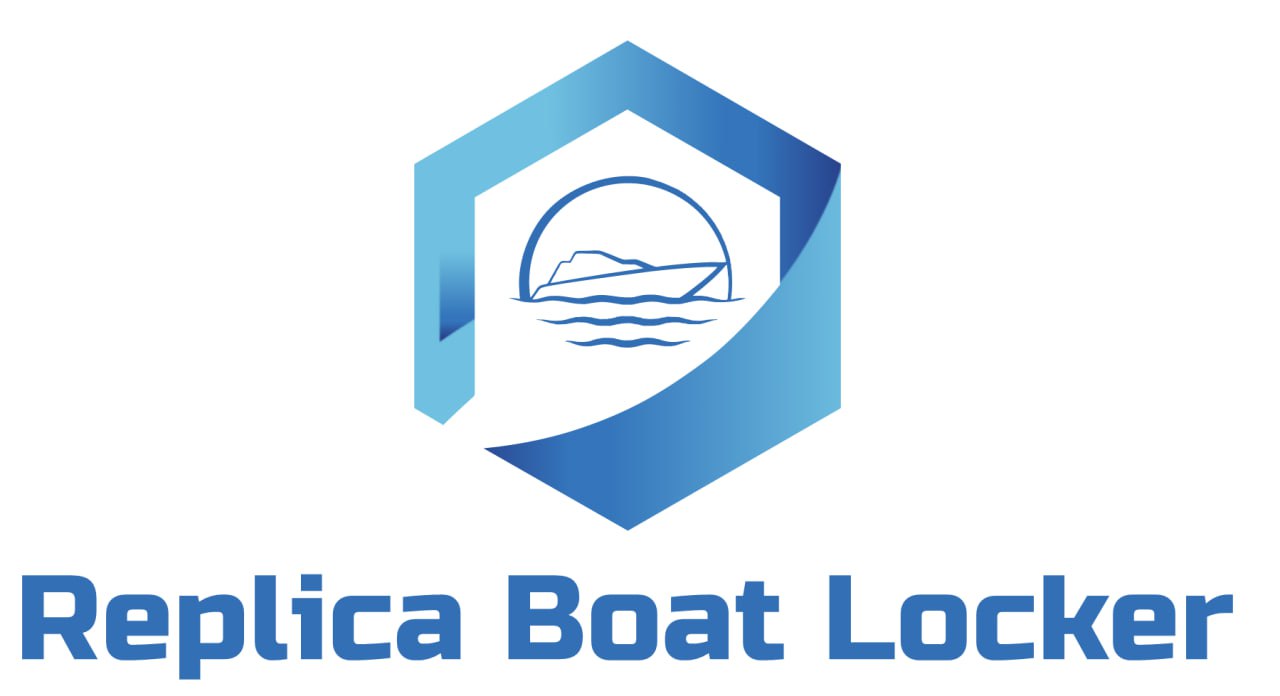
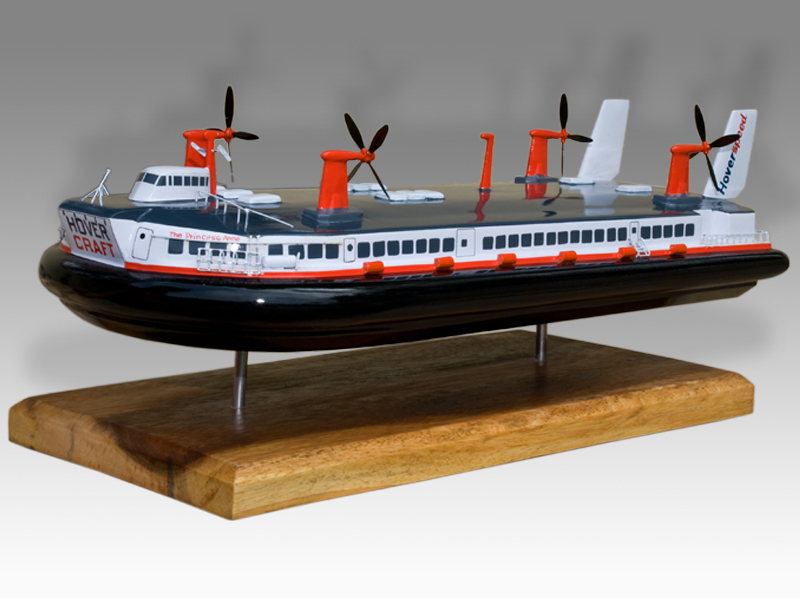
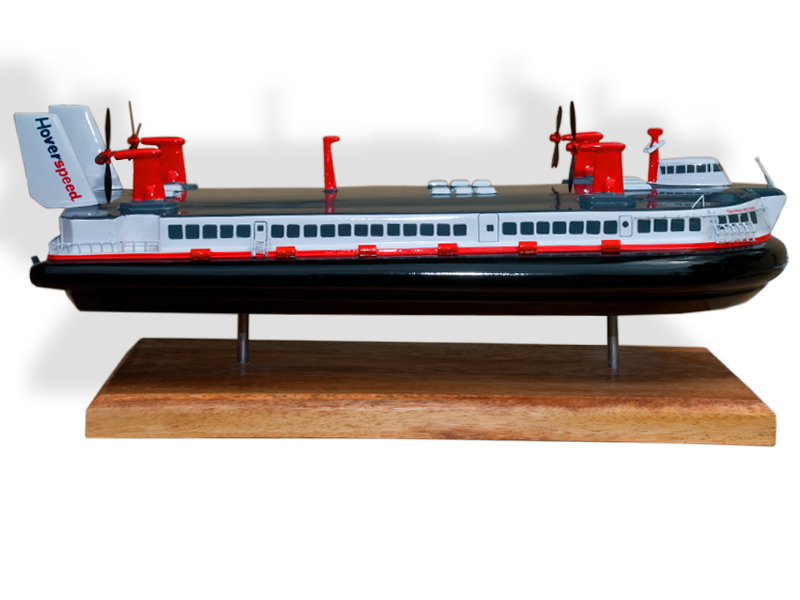
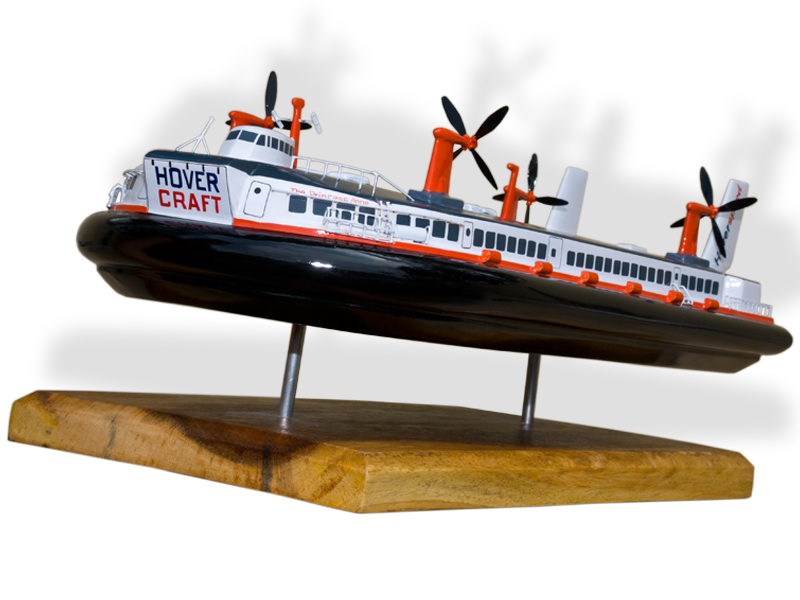
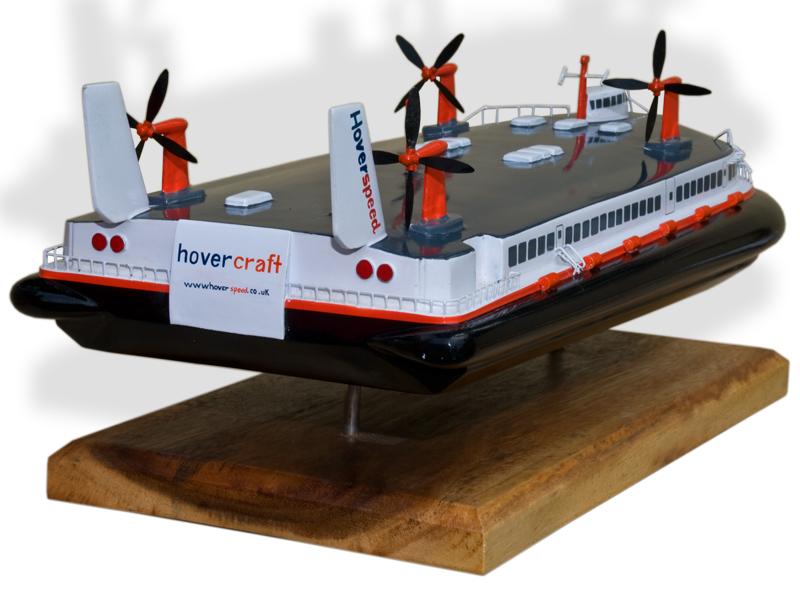
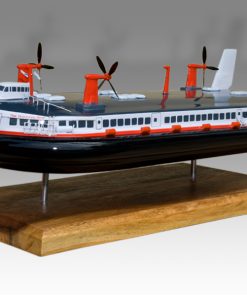
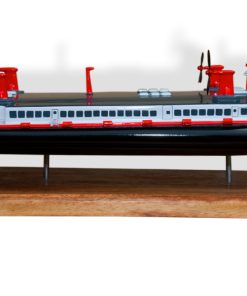
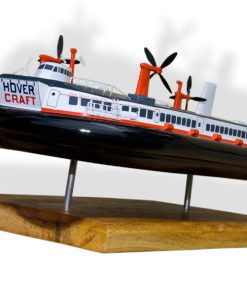
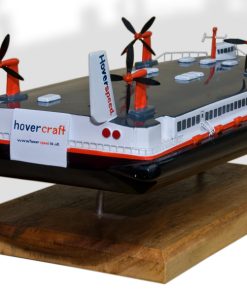
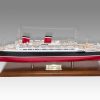
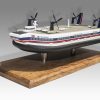


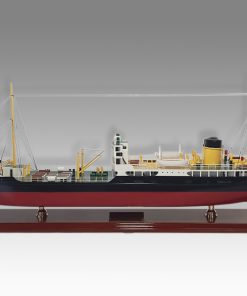
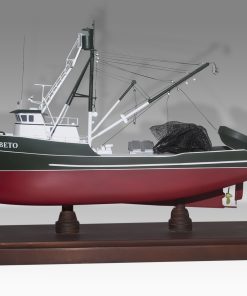

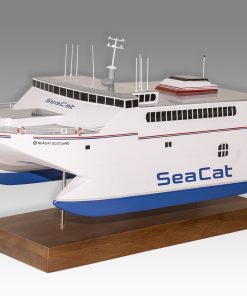
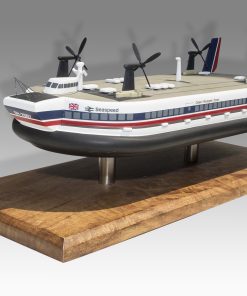
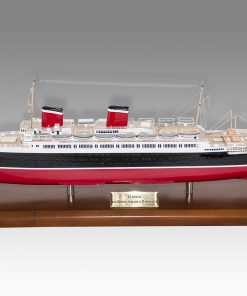
Reviews
There are no reviews yet.